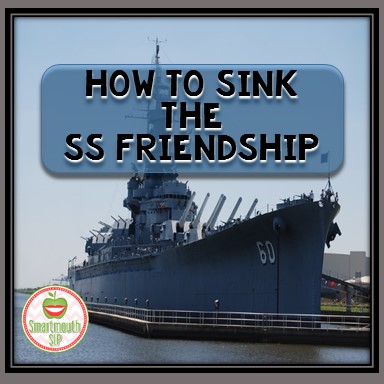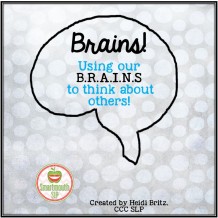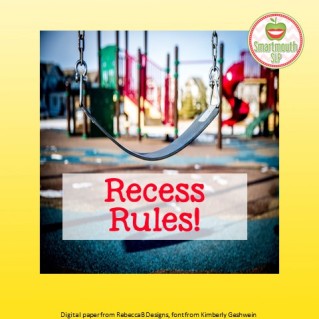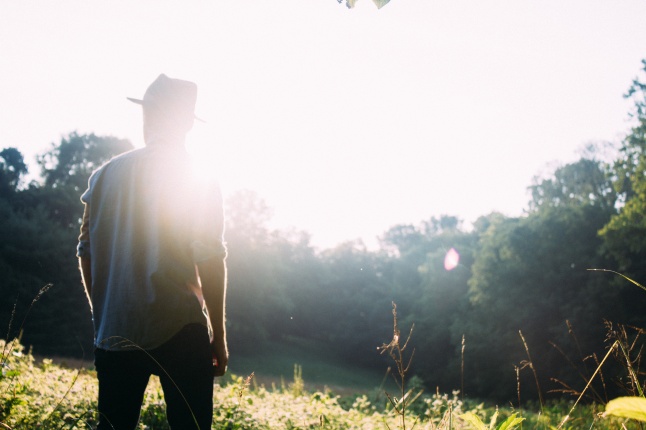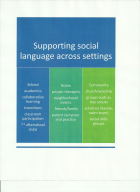
The Buddy Bench has been in the news for a while, but if you missed it, here’s the gist. A special bench (the “Buddy Bench”) is designated on the playground for kids to sit on if they don’t have someone to play with. It is a signal to others that they should come and ask that child to play. I first heard about this idea on the news, when they picked up a story about a little boy named Christian (you can read his story HERE ) and his idea. There is an entire website (www.buddybench.org) with ideas, a teaching video and a buddy blog with stories of the benches around the world.
My school installed one of these benches on our playground, but I heard one of the students say that he sat there, but no one asked him to play. My heart hurt for him and I started thinking about why that may have happened. Many of my friends with social language impairments struggle with the unstructured time at recess. Too many hidden rules, social anxiety with initiating conversation or play, and the fast pace of social interaction outside are all hurdles that make it easier to wander around the periphery of the playground alone. And just like any new concept in school, the kids have to be taught the rule of how to use the bench.
It made me so happy to walk down the hall a few weeks later and see that our counselor, Christina, had made a bulletin board (see pictures below) to do just that! She had the kids make mini-posters of how to use the bench and even social scripts on what to say and do! The information that I read about the bench also encourages schools to designate peer mentors (aka play pals) who will watch for kids on the bench and actively include them. This is a strictly voluntary job, but oh how it warms my heart to see so many kids have empathy for others! In an increasingly academic focused environment, it is nice to see kindness and inclusion being fostered as well.
I love this teaching video and this one to share with a class, and prep the kids on how to use the Buddy Bench. These videos really function as social teaching stories (and can be shared at home with families for carryover). How great would these be in a public park to generalize a skill taught in school? If you’ll excuse me, I think I need to call our local Parks and Recreation department and invite our Mayor to propose we do just that!
Does your school have Buddy Benches and if so how are they being introduced?
